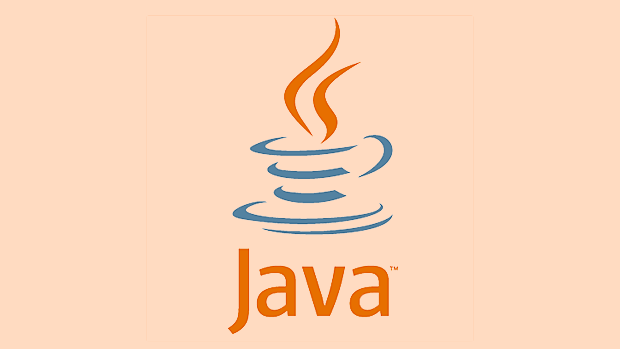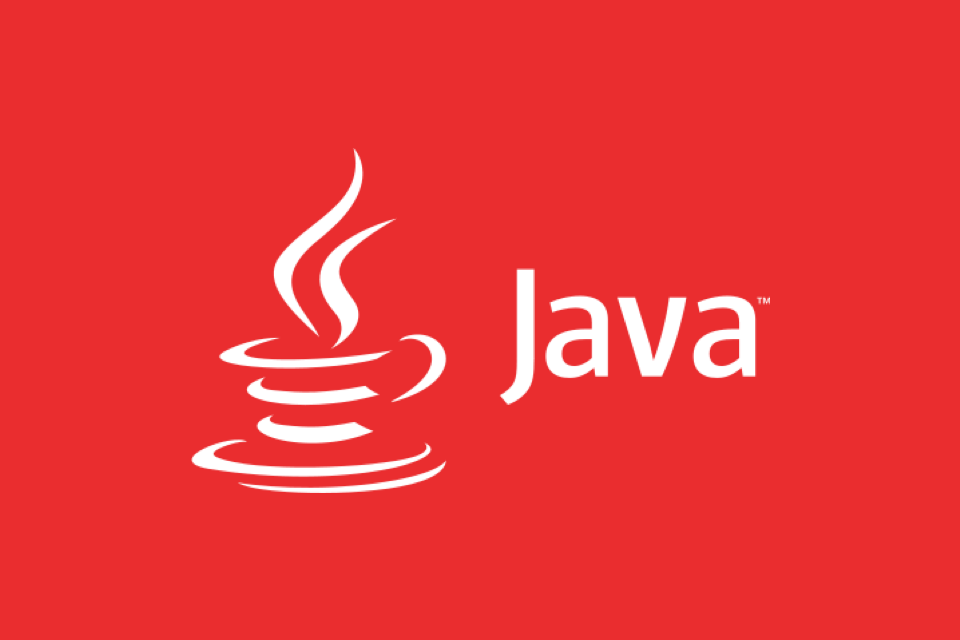The Java Optional class reduces null pointer exceptions by explicitly signaling potential absence of values. 1. Use Optional.of() for non-null values, Optional.ofNullable() for possible nulls, and Optional.empty() for empty instances. 2. Check presence with isPresent() or isEmpty(), retrieve values safely using orElse(), orElseGet(), or orElseThrow(). 3. Chaining operations via map() processes values if present, while flatMap() avoids nested Optionals. 4. Avoid using Optional in fields, streams, or APIs unnecessarily to prevent complexity and overhead.

The Java Optional class, introduced in Java 8, is a container object used to represent the presence or absence of a value. It helps reduce null pointer exceptions and encourages more expressive code by making it clear when a value might be missing. Instead of returning null, methods can return an Optional, signaling that the result may not always be present.

Creating Optional Objects
You can create an Optional in several ways depending on whether you expect a value or not:

-
Optional.of(value)— use this when you're sure the value isn't null. If it is, aNullPointerExceptionwill be thrown. -
Optional.ofNullable(value)— use this when the value might be null. It returns an empty Optional if the value is null. -
Optional.empty()— returns an empty Optional instance.
For example, if you have a method that may or may not return a String, wrapping it in an ofNullable makes sense:
public Optional<String> findName(int id) {
// some logic that might return null
return Optional.ofNullable(name);
}This makes it explicit to the caller that the result could be absent without needing to check documentation or guess behavior.

Checking and Retrieving Values
Once you have an Optional, you need to handle both cases: value present or not. Common methods for checking include:
isPresent()— returns true if a value is present.isEmpty()— returns true if no value is present (available from Java 11).get()— retrieves the value if present; throwsNoSuchElementExceptionotherwise.
But using get() directly is risky unless you've already checked with isPresent(). A better approach is to use methods that provide defaults or alternative behavior:
orElse(defaultValue)— returns the value if present, otherwise returns the default.orElseGet(supplier)— similar to orElse, but the default is obtained via a supplier function, which can be more efficient if computing the default is expensive.orElseThrow(exceptionSupplier)— throws an exception if no value is present.
This allows cleaner handling of optional data without deep nesting or null checks.
Chaining Operations with map and flatMap
Optional becomes especially useful when chaining operations. For example, suppose you want to process a value only if it exists. You can use map() to apply a function if a value is present:
Optional<String> upperName = nameOptional.map(String::toUpperCase);
If the original Optional is empty, the mapping won’t run and the result remains empty.
When dealing with methods that return another Optional, use flatMap() to avoid nested Optionals:
Optional<Address> address = userOptional.flatMap(User::getAddress);
This keeps your code flat and readable while safely handling potentially missing data at each step.
When Not to Use Optional
Although Optional brings clarity and safety, it's not meant for every situation. Avoid using it as a field in classes — it adds unnecessary overhead and doesn't serialize well. Also, don't return Optional from streams just for the sake of it; sometimes a simple null is clearer.
Additionally, overusing Optional can make APIs more complex than necessary. If a method should always return a value, returning a non-null object is better than wrapping it in an Optional.
So, basically, use Optional where absence of a value is a valid and expected outcome, and it'll help make your code cleaner and safer.
The above is the detailed content of Benefits and Usage of the Java Optional Class. For more information, please follow other related articles on the PHP Chinese website!

Hot AI Tools

Undress AI Tool
Undress images for free

Undresser.AI Undress
AI-powered app for creating realistic nude photos

AI Clothes Remover
Online AI tool for removing clothes from photos.

Clothoff.io
AI clothes remover

Video Face Swap
Swap faces in any video effortlessly with our completely free AI face swap tool!

Hot Article

Hot Tools

Notepad++7.3.1
Easy-to-use and free code editor

SublimeText3 Chinese version
Chinese version, very easy to use

Zend Studio 13.0.1
Powerful PHP integrated development environment

Dreamweaver CS6
Visual web development tools

SublimeText3 Mac version
God-level code editing software (SublimeText3)

Hot Topics
 Difference between HashMap and Hashtable?
Jun 24, 2025 pm 09:41 PM
Difference between HashMap and Hashtable?
Jun 24, 2025 pm 09:41 PM
The difference between HashMap and Hashtable is mainly reflected in thread safety, null value support and performance. 1. In terms of thread safety, Hashtable is thread-safe, and its methods are mostly synchronous methods, while HashMap does not perform synchronization processing, which is not thread-safe; 2. In terms of null value support, HashMap allows one null key and multiple null values, while Hashtable does not allow null keys or values, otherwise a NullPointerException will be thrown; 3. In terms of performance, HashMap is more efficient because there is no synchronization mechanism, and Hashtable has a low locking performance for each operation. It is recommended to use ConcurrentHashMap instead.
 What are static methods in interfaces?
Jun 24, 2025 pm 10:57 PM
What are static methods in interfaces?
Jun 24, 2025 pm 10:57 PM
StaticmethodsininterfaceswereintroducedinJava8toallowutilityfunctionswithintheinterfaceitself.BeforeJava8,suchfunctionsrequiredseparatehelperclasses,leadingtodisorganizedcode.Now,staticmethodsprovidethreekeybenefits:1)theyenableutilitymethodsdirectly
 How does JIT compiler optimize code?
Jun 24, 2025 pm 10:45 PM
How does JIT compiler optimize code?
Jun 24, 2025 pm 10:45 PM
The JIT compiler optimizes code through four methods: method inline, hot spot detection and compilation, type speculation and devirtualization, and redundant operation elimination. 1. Method inline reduces call overhead and inserts frequently called small methods directly into the call; 2. Hot spot detection and high-frequency code execution and centrally optimize it to save resources; 3. Type speculation collects runtime type information to achieve devirtualization calls, improving efficiency; 4. Redundant operations eliminate useless calculations and inspections based on operational data deletion, enhancing performance.
 What is an instance initializer block?
Jun 25, 2025 pm 12:21 PM
What is an instance initializer block?
Jun 25, 2025 pm 12:21 PM
Instance initialization blocks are used in Java to run initialization logic when creating objects, which are executed before the constructor. It is suitable for scenarios where multiple constructors share initialization code, complex field initialization, or anonymous class initialization scenarios. Unlike static initialization blocks, it is executed every time it is instantiated, while static initialization blocks only run once when the class is loaded.
 What is the Factory pattern?
Jun 24, 2025 pm 11:29 PM
What is the Factory pattern?
Jun 24, 2025 pm 11:29 PM
Factory mode is used to encapsulate object creation logic, making the code more flexible, easy to maintain, and loosely coupled. The core answer is: by centrally managing object creation logic, hiding implementation details, and supporting the creation of multiple related objects. The specific description is as follows: the factory mode handes object creation to a special factory class or method for processing, avoiding the use of newClass() directly; it is suitable for scenarios where multiple types of related objects are created, creation logic may change, and implementation details need to be hidden; for example, in the payment processor, Stripe, PayPal and other instances are created through factories; its implementation includes the object returned by the factory class based on input parameters, and all objects realize a common interface; common variants include simple factories, factory methods and abstract factories, which are suitable for different complexities.
 What is the `final` keyword for variables?
Jun 24, 2025 pm 07:29 PM
What is the `final` keyword for variables?
Jun 24, 2025 pm 07:29 PM
InJava,thefinalkeywordpreventsavariable’svaluefrombeingchangedafterassignment,butitsbehaviordiffersforprimitivesandobjectreferences.Forprimitivevariables,finalmakesthevalueconstant,asinfinalintMAX_SPEED=100;wherereassignmentcausesanerror.Forobjectref
 What is type casting?
Jun 24, 2025 pm 11:09 PM
What is type casting?
Jun 24, 2025 pm 11:09 PM
There are two types of conversion: implicit and explicit. 1. Implicit conversion occurs automatically, such as converting int to double; 2. Explicit conversion requires manual operation, such as using (int)myDouble. A case where type conversion is required includes processing user input, mathematical operations, or passing different types of values ??between functions. Issues that need to be noted are: turning floating-point numbers into integers will truncate the fractional part, turning large types into small types may lead to data loss, and some languages ??do not allow direct conversion of specific types. A proper understanding of language conversion rules helps avoid errors.
 Why do we need wrapper classes?
Jun 28, 2025 am 01:01 AM
Why do we need wrapper classes?
Jun 28, 2025 am 01:01 AM
Java uses wrapper classes because basic data types cannot directly participate in object-oriented operations, and object forms are often required in actual needs; 1. Collection classes can only store objects, such as Lists use automatic boxing to store numerical values; 2. Generics do not support basic types, and packaging classes must be used as type parameters; 3. Packaging classes can represent null values ??to distinguish unset or missing data; 4. Packaging classes provide practical methods such as string conversion to facilitate data parsing and processing, so in scenarios where these characteristics are needed, packaging classes are indispensable.






